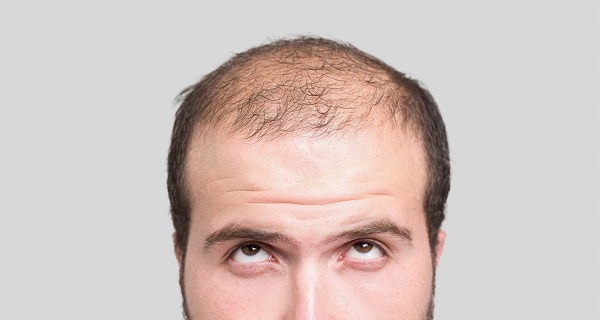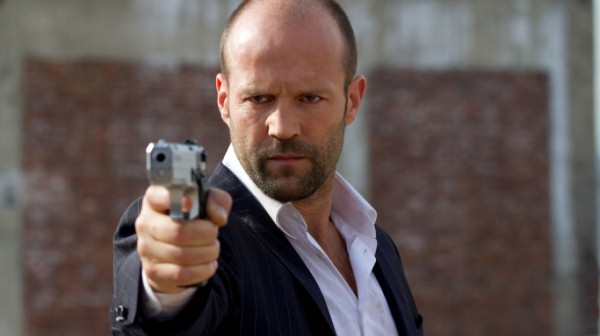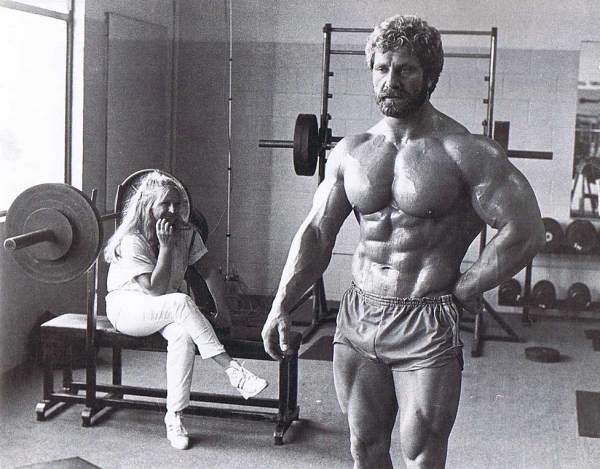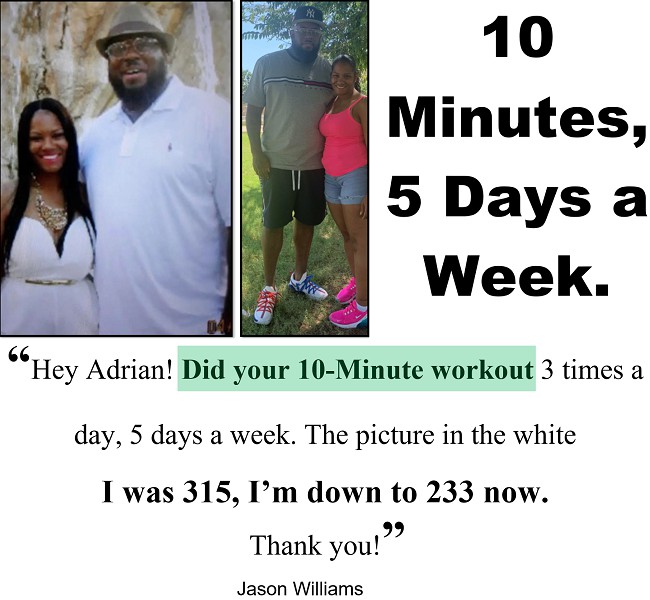Hair Loss: Is Testosterone the Culprit?

Male pattern hair loss is not a disease but a medical condition in which there is the obvious loss of hair. It is the most common form of hair loss. This form of hair loss occurs mostly in men, rather than in women.
Hair is normally initially lost from the crown of the scalp and progresses downwards and to the sides. The extent of hair loss is unique from person to person. Some may lose all the hairs, becoming bald whilst others will have spots of baldness.
How Testosterone Affects Hair Loss
Statistics show that by the age of 20, approximately 20% of men show noticeable signs of hair loss. This rises to 40% by the age of 35, 65% by the age of 60 and 80% by the age of 80.
For 8 out every 10 men, the cause will be male pattern baldness; a genetic oversensitivity to the hormone Dihydrotestosterone (DHT) which is made from the male hormone testosterone

Despite the many bald male celebrities in the public eye who are portrayed positively, losing hair can be a highly distressing experience for a man. Science continues to search for a cure but, as baldness is not itself an illness, the huge sum of money that ongoing research requires is not forthcoming.
Why Hair Loss Occurs
There are some reasons to why male pattern hair loss occurs. The most raved about reason is the presence of DHT. It is classified as an androgen. Androgens are hormones that are important for growth and development.
DHT is thus needed to develop the male unborn children's feature and make them distinct. Without it, a male child will not develop normally and have defects. It is not required by female children.
As the name suggests, DHT is a derivative of the testosterone hormone. The hormone is converted and altered into DHT in the presence of 5-alpha-reductase. The reductase is an enzyme which can be found in the scalp and the prostrate. The conversion only happens when there are high levels of free testosterone.
- Testosterone is normally bound by a globulin. When the globulin is found in low levels, DHT is formed. When DHT is formed in the scalp, it quickly affixes to the hair follicles.
- The normal functioning of the follicles is interrupted. The follicles may fail to take up oxygen and nutrients from the blood.
- The hairs begin to starve and become brittle and fragile. With continued starvation, the hair falls off. The hair starts to thin. If the loss of hair is maintained, then bald spots start showing.
- There are areas on the scalp where DHT is found and these are at the crown and the sides.
This is the reason for the pattern of hair loss in this condition.
Hair Loss Treatments
Some people accept their loss of hair whilst others try to stop further loss. There are some treatments designed specifically for this condition. Since it is known that the presence of DHT affects hair growth, then its formation has to be restricted.
Hair loss treatments mainly focus on the enzyme which plays a big role in DHT formation. The 5-alpha-reductase is bound such that it is not free to bind with testosterone. These treatments are popularly referred to as DHT inhibitors.
The very moment DHT is manufactured in the scalp so many hair related problems start.
Over saturation of DHT in the skin pores leading to the hair follicles results in hair follicles being choked to the point of being wiped out completely. That is how hair stops growing for some men with a lot of DHT concentrated in their body.
People who fully understand how hair loss is triggered know better than to ill-treat their hair. This is because once the hair follicles have been invaded by DHT no more hair will ever grow again.
So if you comb dry hair, the hair stuck to the comb is perhaps the last you'll ever see of your hair.
Exercise is also plays a role in the reduction of DHT as well as its conversion.
Exercising reduces the levels of insulin that is produced by the body. Insulin inhibits the formation of the globulin that can bind with testosterone. Thus when insulin levels are low, the globulin levels are high. The levels of free testosterone are lowered. There is thus no formation of DHT under such conditions.
Grow Hair Naturally
- 4 Recipes for Longer & Thicker Hair
- 11 Foods to Stimulate Hair Growth
- Almond Oil for Hair Loss
- 5 Benefits Of Castor Oil For Hair
- 7 Tricks To Increase Hair Volume
More Manly Tips

- 7 Tips to Grow a Thicker Beard
- 7 Steps to Build Muscle as Fast as Possible
- How to Last Longer in Bed
- 3 Ways to Make Your Penis Bigger
- 6 Skin Care Tips for Men
- How to Cure Erectile Dysfunction Naturally
